Ancient sketches of the north bank of the River Thames have been discovered, revealing the dramatic change that has occurred in London’s landscape over the past 200 years.
Architectural drawings were created in 1825 for an ambitious new pier that would have run between Waterloo Bridge and Blackfriars Bridge.
The wharf, conceived by the general architect Sir Frederick Trench, would have contained commercial warehouses beneath a terrace.
His plans, executed by artist Thomas Mann Baynes, contained notable London landmarks very close to the north bank of the Thames to contextualize it.
These included the Palace of Westminster, Mansion House, Somerset House, the Savoy Hotel, Covent Garden Theatre, St Paul’s Cathedral and Fishmongers Hall.

Ancient sketches of the north bank of the River Thames have been discovered, revealing the dramatic change that has occurred in London’s landscape over the past 200 years. Above: St Paul’s Cathedral and its surroundings, with the Thames in the foreground
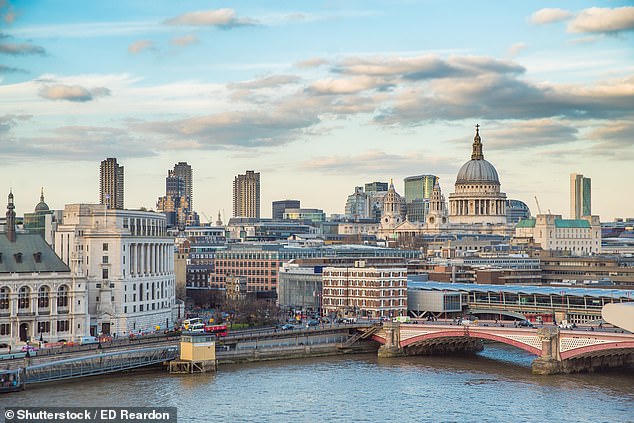

A more recent image shows how, although St Paul’s Cathedral remains the same, the surrounding area has changed dramatically.
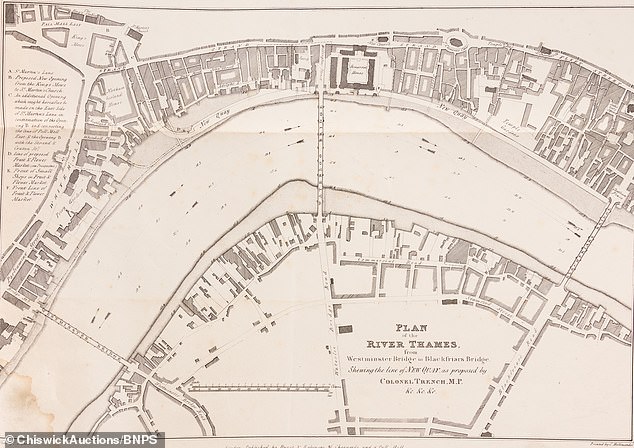

A panoramic view of the plans, which were later abandoned
Several well-known bridges were also included, such as Westminster Bridge, Southwark Bridge, Waterloo Bridge, Blackfriars Bridge and London Bridge.
The drawings highlight the volume of boat traffic on the Thames in the early 19th century, with water taxis and barges competing for space.
The bridges are adorned with horses and carriages and elegantly dressed pedestrians in elegant embroidered dresses, jackets and top hats befitting the Regency era.
While the North Bank is filled with Georgian architecture built after the Great Fire of London, it is vastly underdeveloped compared to today’s capital.
The sketches were made before the Palace of Westminster and Big Ben were built and 155 years before the capital’s first skyscraper appeared on the City of London skyline.
Today, black taxis and red buses have replaced horses and carriages on bridges, while pedestrians are seen holding smartphones instead of canes.


This sketch shows Waterloo Bridge on the right. The structure has changed dramatically since then.
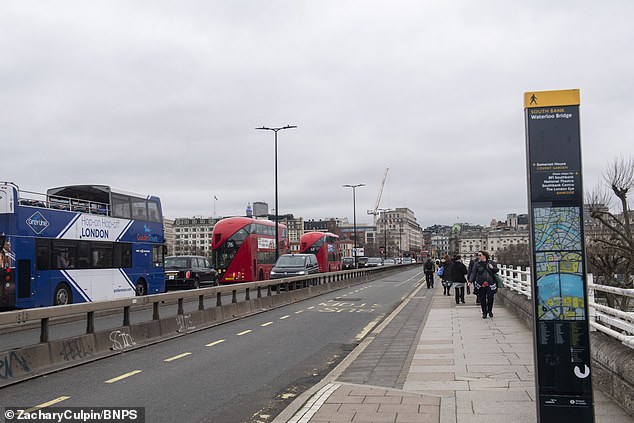

Waterloo Bridge now. The scene is barely recognizable when compared to the same place in 1825.
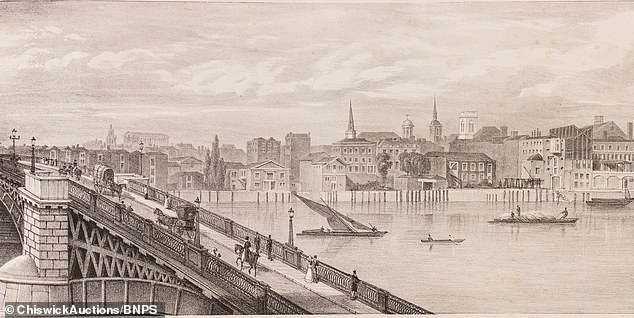

The Southwark Bridge sketch shows boats on the Thames and pedestrians, horses and carriages.
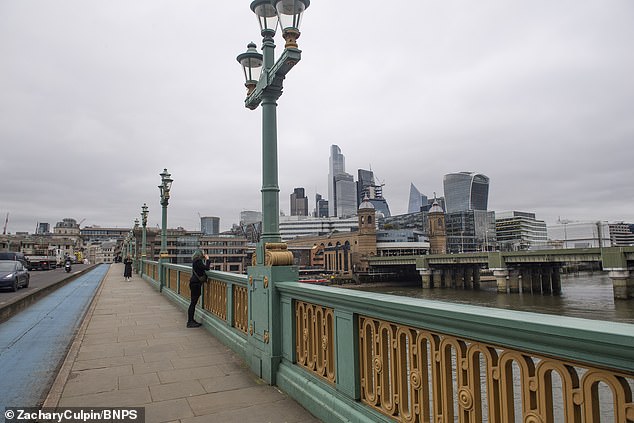

Southwark Bridge today. Horses are now scarce and cars are the dominant sight.
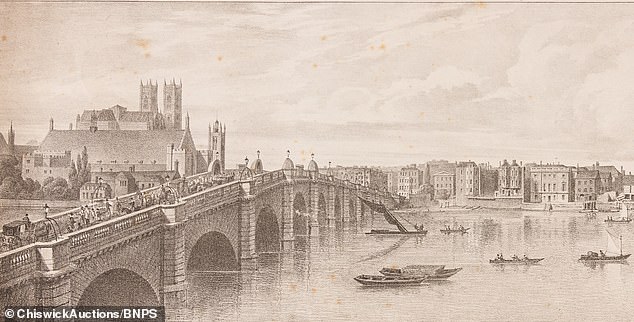

Westminster Bridge with Parliament behind. Big Ben had not yet been built, which made the scene look very different than it does now from the same angle.
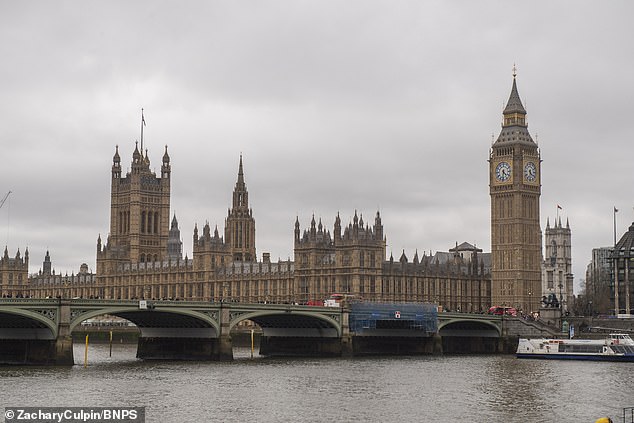

Westminster Bridge today with the Houses of Parliament in the background
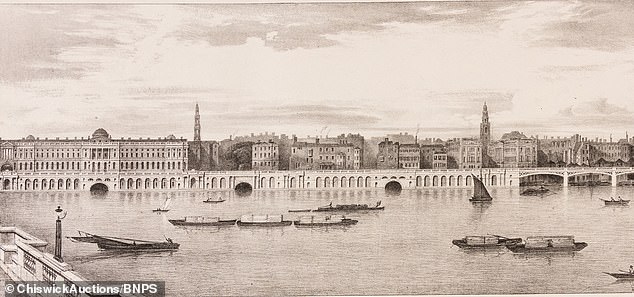

A representation of Somerset House. The structure looks the same today, although its surroundings have changed almost beyond recognition.
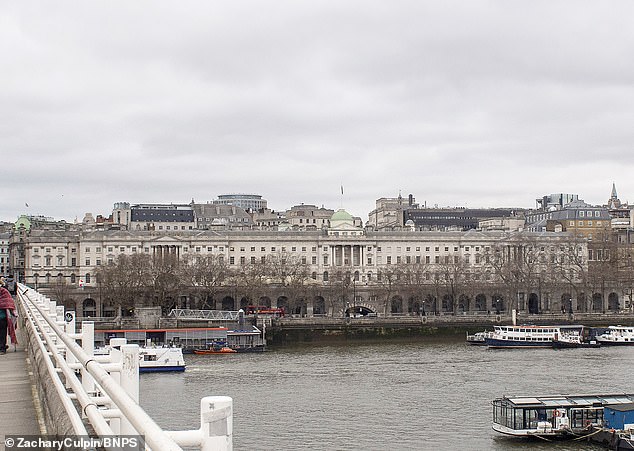

Somerset House is seen above from Waterloo Bridge. The historic building was built at the end of the 18th century.


Blackfriars Bridge is seen in another of the sketches, with smoke rising from the industry.
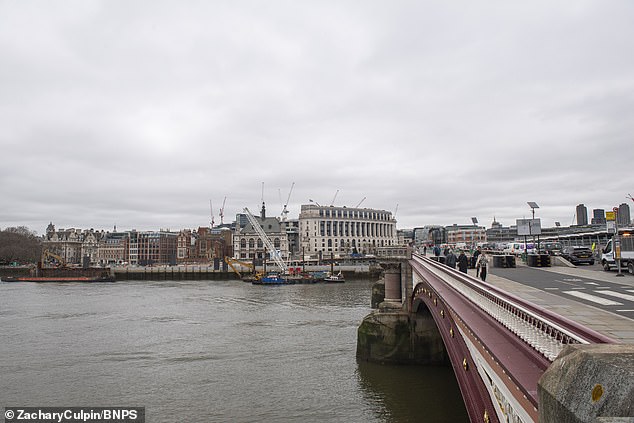

The current view from Blackfriars Bridge shows how much this part of London has changed.
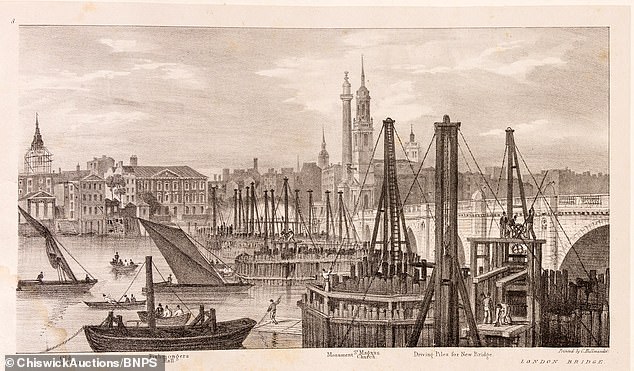

A sketch of London Bridge under construction. This version of the bridge was built in 1830 but was replaced in 1968.
Trench’s plans for New Quay were ultimately rejected by Parliament because they were considered counterintuitive for the river business.
But the plans turned out to be the precursor to today’s Victoria Embankment, which was built in the 1860s.
A book of lithographs of drawings from the doomed project recently emerged from a private collection and sold at Chiswick Auctioneers in west London.
The large album of 10 sheets and a folding map, measuring 14 inches by 30 inches, sold for £175.
Austin Farahar, head of photography department at Chiswick Auctions, said: “It’s a really fascinating record of what the north bank of the Thames was like at the time and shows how underdeveloped it was.”
‘It was commissioned by a London architect who was trying to develop the area and the album was beautifully created and very immersive to try and gain people’s favour.
‘The development never came to fruition and these albums are very rare today. I had never come across one before.
“It comes from a seller who has been a passionate collector of these types of objects for the last 40 years.”
